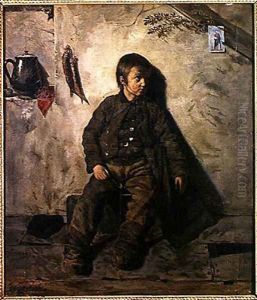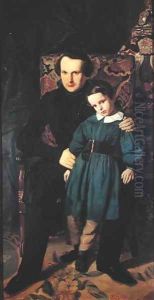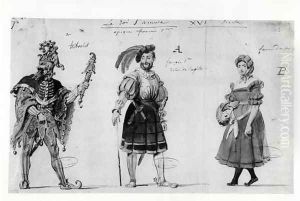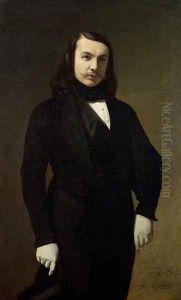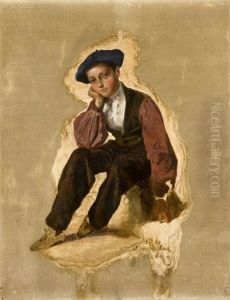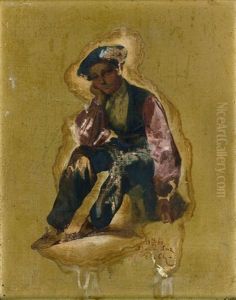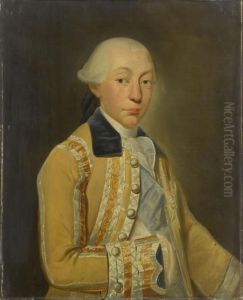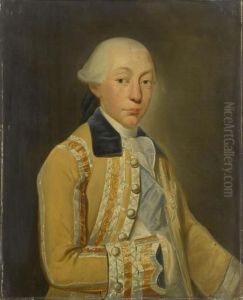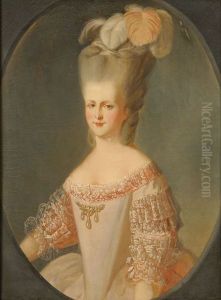Auguste de Chatillon Paintings
Auguste de Châtillon, born Louis-Marie Autissier, was a French artist whose work spanned a variety of disciplines including painting, poetry, and sculpture. He was born on September 10, 1808, in Saint-Malo, France. Not much is widely known about his early life, but it is believed that he showed an early interest in the arts and developed his skills in various mediums.
Châtillon's career began to take shape in the 1830s when he started to gain recognition for his work. He was a contemporary of other celebrated French artists of the time, such as Eugène Delacroix and Théodore Géricault, and he was influenced by the Romantic movement that was prevalent throughout Europe during his early career. His works were characterized by a strong sense of emotion, a fascination with nature, and often featured historical or mythological themes.
Despite being less famous than some of his contemporaries, Châtillon made notable contributions to the art world, particularly in sculpture. One of his most recognized works is the design of the baptismal fonts at the Notre-Dame de Paris, which showcase his talent in sculpting. Additionally, he exhibited his paintings at the Salon, the official art exhibition of the Académie des Beaux-Arts in Paris, which was a significant accomplishment for any artist of the era.
Châtillon was also known for his literary work, having written poems that were in harmony with his artistic style. His poetry was imbued with the same Romantic qualities found in his visual art, often exploring themes of love, beauty, and nature.
Auguste de Châtillon's life and career were relatively short; he died on February 4, 1881, in Paris. Despite his death, his artistic legacy continued to be appreciated by art historians and collectors, and his works are still studied and exhibited today. His contributions to Romantic art remain a testament to the diverse and rich culture of 19th-century France.
